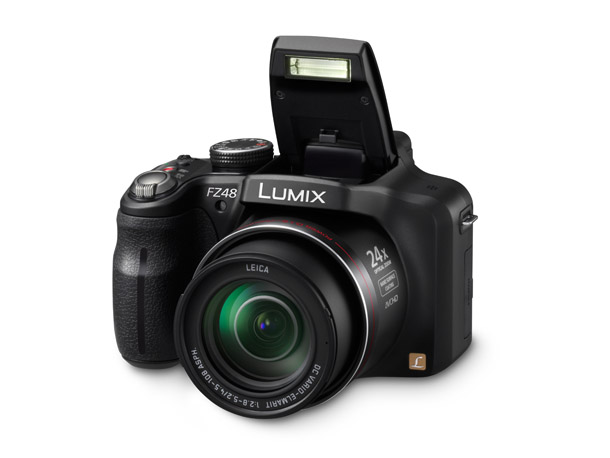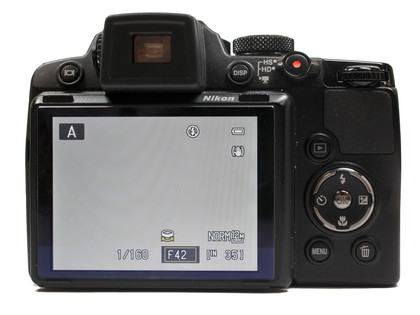What is a bridge camera?
Superzooms explored

A stalwart of the digital photography industry for the past decade, the bridge camera forms a bridge between a compact point-and-shoot camera and a full-blown DSLR.
It typically features some, but not all, of the manual settings and even physical controls that one would expect to find on an entry-level DSLR, including occasional command dials and chunky shooting mode wheels. But it retains some of the accessibility and user friendliness of a snapshot camera, plus the lens can't be removed or swapped.
Unsurprisingly, its design has aspects of the two types of camera, although the overall look and handling of a bridge camera tends to suggest what we'd term a DSLR 'lite'.
Nearly every traditional camera manufacturer and electronics giant has a bridge model in its current range. In the case of Fujifilm, to take one example, until the launch of its 'X' series of high-end compacts (Fuji X10, Fuji X100), this was the closest the manufacturer got to a more professional camera.

Even now, the Fuji FinePix HS20 and flagship Fuji XS-1 models have retained the look and feel of a DSLR. These come complete with manual operation of the zoom, a unique feature among bridge models that tend to rely on a button press to prompt the camera to zoom in or out.
Fuji's manual lens operation arguably enables more precise movement and framing. DSLR-like features such as the ability to shoot unprocessed raw files alongside the JPEG files offered by compact cameras are another feature of most, but not all, bridge cameras.
As well as offering a best of both worlds approach in terms of features and versatility, a distinct advantage of the typical bridge camera is a vastly expanded focal range. In other words, they'll usually have a longer zoom than you'd find on cameras of more compact proportions. For argument's sake, let's say more than the 18x offered by compact travel zooms.
Sign up for breaking news, reviews, opinion, top tech deals, and more.

While this means that on a bridge camera just the one lens provides a fantastically broad array of framing options, the other distinctly appealing aspect is the cost.
For example, to match the focal range provided by the likes of Canon's PowerShot SX40 HS, which offers up to 840mm in 35mm terms, DSLR owners would be looking at spending around £10-£11k on a specialist lens.
This bigger lens also further differentiates bridge cameras from those cameras that have been labelled as premium compacts, such as the Canon G15 or Nikon P7700, which offer DSLR-like solidity, but modest zoom or fixed focal length lenses.
Of course, we couldn't argue that a bridge camera costing under £400 will match the quality of a DSLR with a mega expensive optic, because of the much smaller sensor size at its core for starters, when compared with the APS-C chip found in entry-level DSLRs. But many amateurs will feel that the bridge camera's compromise is worth it, because of the broad wealth of framing and capture options at your disposal.

It's also worth noting that an equivalent lens for a DSLR will be not only expensive, it'll also be large, heavy and physically unwieldy.
The bridge camera isn't just more affordable then; it's a much, much more portable choice. Shoot wide or at the extremes of the camera's telephoto (maximum zoom) setting - and toggle between them in a matter of seconds - the choice is yours.
It's perhaps no surprise then that the all-encompassing versatility of today's bridge camera sees it marketed at families, who might have otherwise been considering an entry-level DSLR, as well as enthusiasts and bird and animal watchers, who will appreciate that extra lens reach without spending a fortune.
This is also why the relative affordability and accessibility of compact system cameras (CSCs), and their interchangeable lenses, has failed to kill off the bridge camera. So the bridge camera isn't a niche product, but rather a mass market one.
Given the lens power shoehorned onto its compact DSLR-like frame, the bridge camera is also imaginatively known in some circles as a superzoom, mega zoom or power zoom.

When not wrestling wild bears or leaping tall buildings in a single bound, Gavin Stoker can be found editing British Photographic Industry News, the UK's longest running and only photo trade title. He has over 25 years of camera testing and reviewing under his belt.